Carlos Sainz joining Williams from Ferrari is not the only ‘big’ change that team boss James Vowles has overseen in Grove to put the F1 crew on a better footing for 2025.
Last season ultimately proved to be a campaign of mixed fortunes at Williams after the highs Vowles enjoyed following his arrival from Mercedes in 2023. The Briton immediately helped the team turn their position around yet a tough 2024 meant their growth was not sustained.
In his first term in charge, Vowles took Williams to their highest finish in the F1 constructors’ championship since 2017 with seventh place on 28 points. Yet they regressed to ninth place with just 17 points last year to only rank above Sauber, who registered a meagre four points.
A lack of results from academy product Logan Sargeant did not aid the team’s situation, and tempted Vowles to ensure Williams signed Sainz following his release by Ferrari. Vowles also axed Sargeant mid-season with Franco Colapinto acting as an interim partner for Alex Albon.
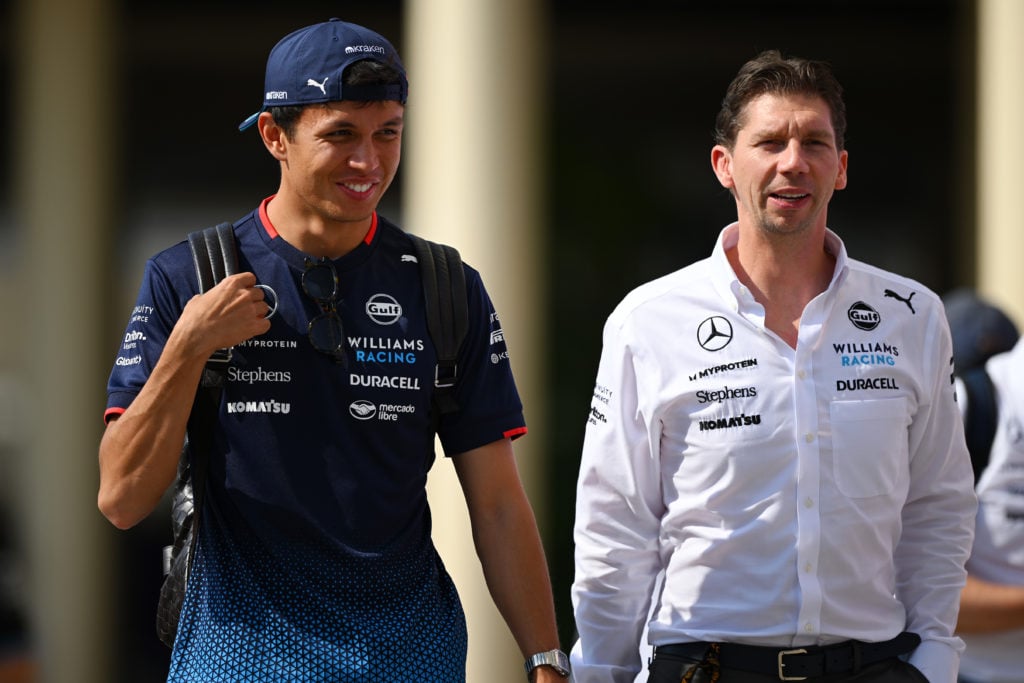
James Vowles sees a ‘night and day’ difference with Williams’ 2025 F1 car at the minimum weight
Albon did not help Williams at the start of last year, either, after they finished producing the FW46 late and overweight. The Grove outfit also had a lack of replacement parts, which was not helped by Albon writing off one of Williams’ cars in Australia and then crashing in Japan.
The London-born Thai’s shunts kept his team on the backfoot through the early rounds. But Vowles now sees a ‘night and day’ difference between where Williams were a year ago and where they are ahead of pre-season testing in Bahrain, with the FW47 already ready to roll.
READ MORE: All to know about Williams Racing from team principal to Mercedes ties
Not only is the FW47 that Albon and Sainz will race ready to roll but it is also already at F1’s minimum car weight of 798kgs. Vowles puts the differences down to the system changes he demanded after learning that Williams tracked every part of their car on an Excel document.
“A difference like night and day,” Vowles noted, via quotes by Motorsport-Total. “The big change is that we now use modern tools. We have systems that let us know exactly what parts we have, where they are and what materials we need for them.”
James Vowles expects ‘teething problems’ during a season Williams have written off

Williams estimate they were around 0.45 seconds per lap slower than they could have been at the start of 2024 due to the FW46 being overweight. Yet while the FW47 is already at F1’s minimum car weight, Vowles accepts the system changes will need further time to iron out.
The Williams chief added: “There is still a lot to do. With such changes there are always certain teething problems. So, we are not yet running at full capacity but that will settle down over the course of the season.”
Vowles will now surely hope to have a smooth start to the season, with Sainz and Albon able to utilise Williams building the FW47 on time. What the Grove crew will not want is for their racers to rack up a repair bill with Williams sacrificing 2025 to work on the 2026 regulations.
Williams accept that the 2025 season will not yield many gains with it marking the final year of the current regulations. So, they are putting their eggs in next year’s basket in order to try to give Albon and Sainz a better challenger under F1’s 2026 engine and chassis regulations.




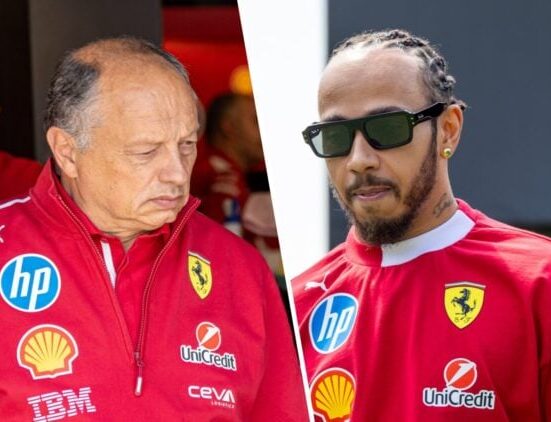
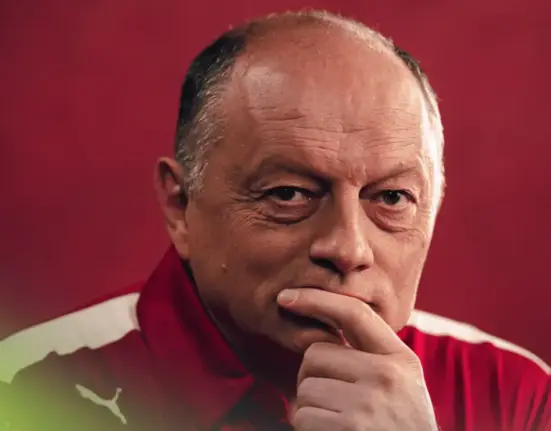

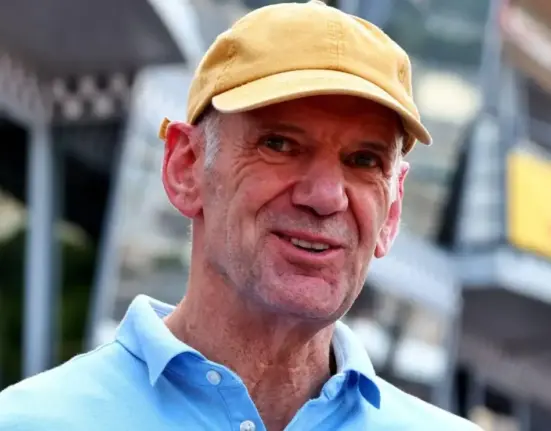
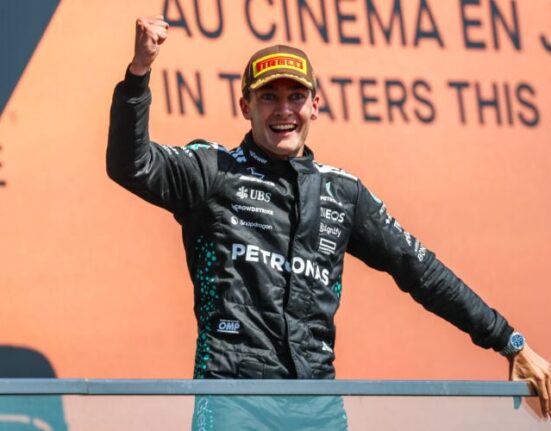

Leave feedback about this